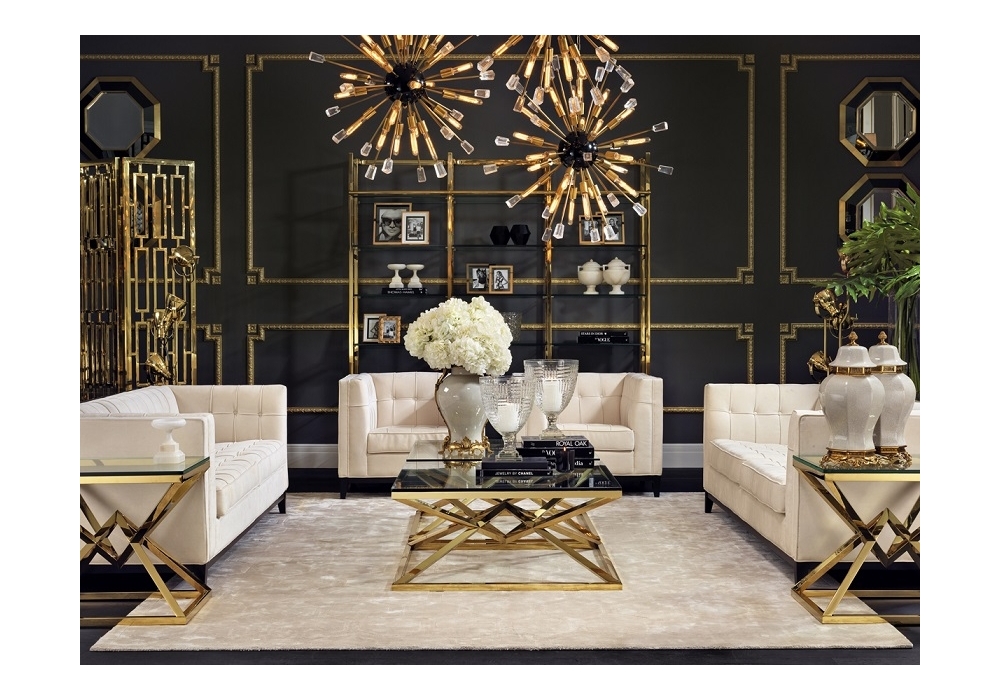In the embroidery of inside plan, furniture assumes a urgent part, winding around together usefulness, feel, and individual style to make spaces that are both welcoming and moving. From the unassuming starting points of utilitarian items to the lovely bits of masterfulness that enhance present day homes, the development of furniture reflects changes in taste and innovation as well as the substance of human culture and imagination.
The Specialty of Craftsmanship: At the core of each and every household item lies the specialty of craftsmanship. Whether it’s the sensitive cutting of a wooden seat or the accuracy sewing of a cowhide couch, talented craftsmans implant their skill and enthusiasm into everything about. Craftsmanship isn’t just about collecting materials; about chiseling crude components into objects epitomize magnificence, strength, and usefulness. During a time overwhelmed by large scale manufacturing and mechanical production systems, the worth of handcrafted furniture has just developed. Each handmade piece conveys with it a remarkable story, a demonstration of the craftsman’s commitment and dominance of their specialty. 
From customary carpentry methods went down through ages to inventive methodologies that push the limits of plan, craftsmanship keeps on being praised as the spirit of furniture making. The Language of Plan: Furniture configuration is a language no matter what anyone else might think, saying a lot about the qualities, goals, and style of now is the right time. From the lavish ornamentation of the Rococo time frame to the smooth moderation of the advanced period, plan patterns mirror the consistently developing preferences and sensibilities of society. Advancements in materials and innovation have extended the conceivable outcomes of furniture configuration, permitting originators to explore different avenues regarding new structures, surfaces, and functionalities.
From reasonable materials like bamboo and recovered wood to state of the art creation methods, for example, 3D printing, the contemporary furniture scene is portrayed by variety and advancement.
However, in the midst of the transition of patterns Eichholtz and advancements, certain plan standards persevere. Equilibrium, extent, and amicability stay the mainstays of ageless plan, guaranteeing that furniture rises above transitory styles to become getting through images of polish and refinement. Furniture as Articulation: Past its viable capability, furniture fills in as a material for self-articulation and individual style. Whether a one of a kind loveseat summons wistfulness or a smooth, moderate work area that epitomizes innovation, the furniture we pick mirrors our preferences, values, and character. In a world immersed with efficiently manufactured products, custom and tailor made furniture offer a method for pervading our living spaces with singularity and character. From teaming up with fashioners to charging stand-out pieces, the most common way of making custom furniture permits us to implant our homes with pieces that resound with our extraordinary characters and inclinations. In addition, furniture has the ability to summon feelings and recollections, filling in as anchors for treasured minutes and encounters.
The eating table where families assemble for feasts, the comfortable easy chair where we twist up with a book, the fantastic piano that occupies the room with music – each piece holds inside it the tales of our lives, changing simple articles into loved treasures. Looking Forward: As we venture into the future, the appeal of furniture stays undiminished. In a world set apart by steady change and vulnerability, furniture remains as an immortal image of craftsmanship, plan, and individual articulation. Whether it’s an antique armoire went down through ages or a smooth, cutting edge seat, furniture keeps on enhancing our lives, forming the spaces we occupy and the tales we tell.…
